
Here's an example of what you don't see in your office; pregnancy pillows can be tricky!

Here's an example of what you don't see in your office; pregnancy pillows can be tricky!
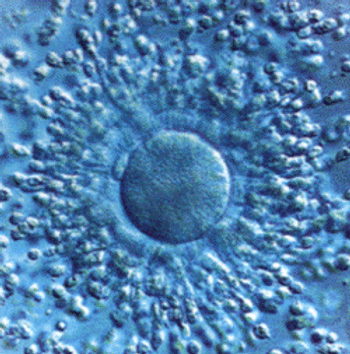
A GnRH agonist for an oocyte maturation trigger may be most useful in cases where pregnancy isn't the immediate goal, a new meta-analysis finds.

In this blog, Paul Burcher, MD, PhD, considers the professional obligations of obstetricians in a hospital setting to women who opt for a home birth.

A study by researchers from Yale University and Brown University suggests that low-to-moderate alcohol consumption during pregnancy may not increase risk of birth outcomes such as low birthweight.

Prevalence of opioid abuse during pregnancy has more than doubled over the past 14 years, according to a new study in Anesthesiology.
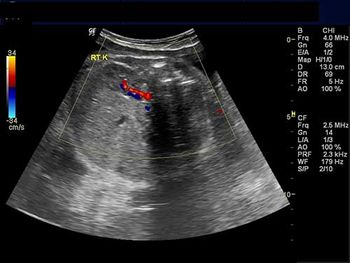
Challenge your diagnostic skills: What's going on with the kidneys in this fetus?

Understanding the usual clinical course of periviable PROM helps physicians guide families who are making difficult decisions.

For patients who have no adverse effects from anesthesia, who says there are no palatable post-surgical food options?
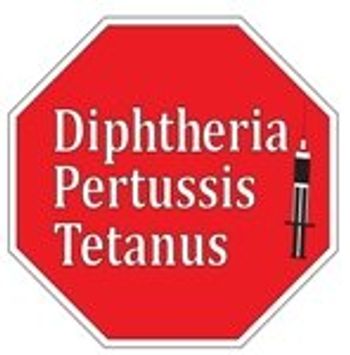
The resurgence of whooping cough has put the Tdap vaccine front and center. Since the vaccine is safe, newborns-via antibodies from mom-can be protected.
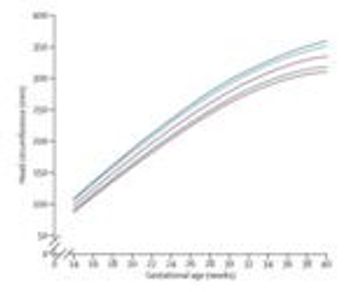
A universal standard for monitoring fetal growth can better detect which fetuses are at risk for intrauterine growth restriction.
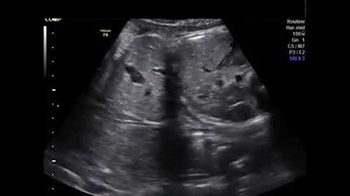
Challenge your diagnostic skills: Is everything normal in this fetal abdomen?
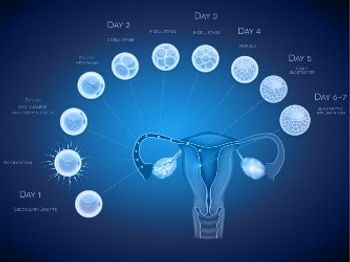
Being overweight can affect fertility, and now there is evidence that maternal weight at conception impacts how a fertilized egg divides and grows.

New technology-inspiring jealousy and one-upmanship everywhere. (Who said pregnant women weren't competitive?)

Women who receive the tetanus toxoid, reduced diphtheria toxoid, and acellular pertussis vaccine (Tdap) may not be at increased risk of preterm birth or other adverse birth outcomes, according to a new study in JAMA.
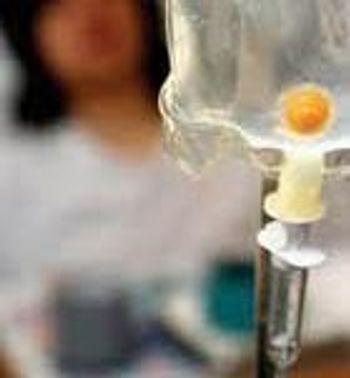
Antibiotics should not be routinely used for pregnant women with ruptured membranes prior to labor at term, unless there are signs of an infection.
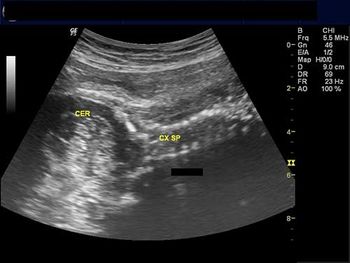
Challenge your diagnostic skills: What's the diagnosis and prognosis based on these images of the fetal brain in a third trimester pregnancy?
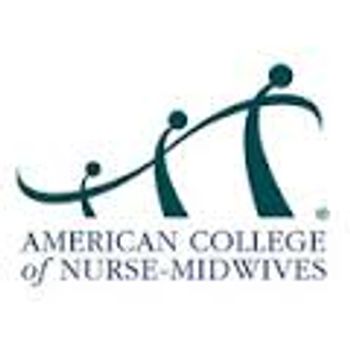
CNMs, CMs, CPMs . . . Elaine Germano of the American College of Nurse-Midwives explains the credentials and how they may affect collaboration efforts.
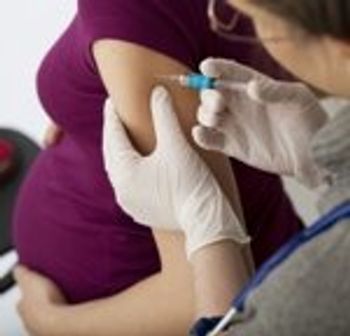
Whooping cough can equal hospitalization for a baby, so why aren't more hospitals promoting Tdap vaccines and offering preventive measures on their websites?

Women who perceive being pressured by clinicians to have a labor induction or c-section are more likely to undergo the intervention even if medically unnecessary.

The 7th annual March of Dimes Premature Birth Report Card shows that in 2013, the preterm birth rate fell to its lowest in 17 years-11.5%--meeting Healthy People 2020 goals. That number, however, still earns a “C” grade from the organization, which has set a goal of 9.6% of all live births by 2020.

In this blog, one OB/GYN discusses her move from a hospital staff physician to a solo private practice, a decision that hasn't come without costs.

PTSD and preterm birth are associated, so knowing your patients' mental health history, particularly when symptoms were last present, is important.
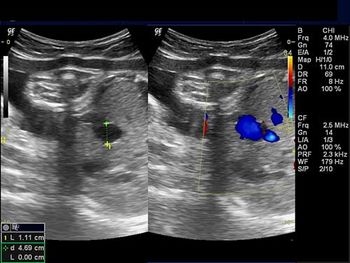
Challenge your diagnostic skills: Is everything fine with this third trimester pregnancy?

A patient handout prepared by the Society for Maternal-Fetal Medicine to aid in understanding of periviable rupture of membranes.

A common epilepsy medication is not safe during pregnancy and could lead to developmental problems in children.